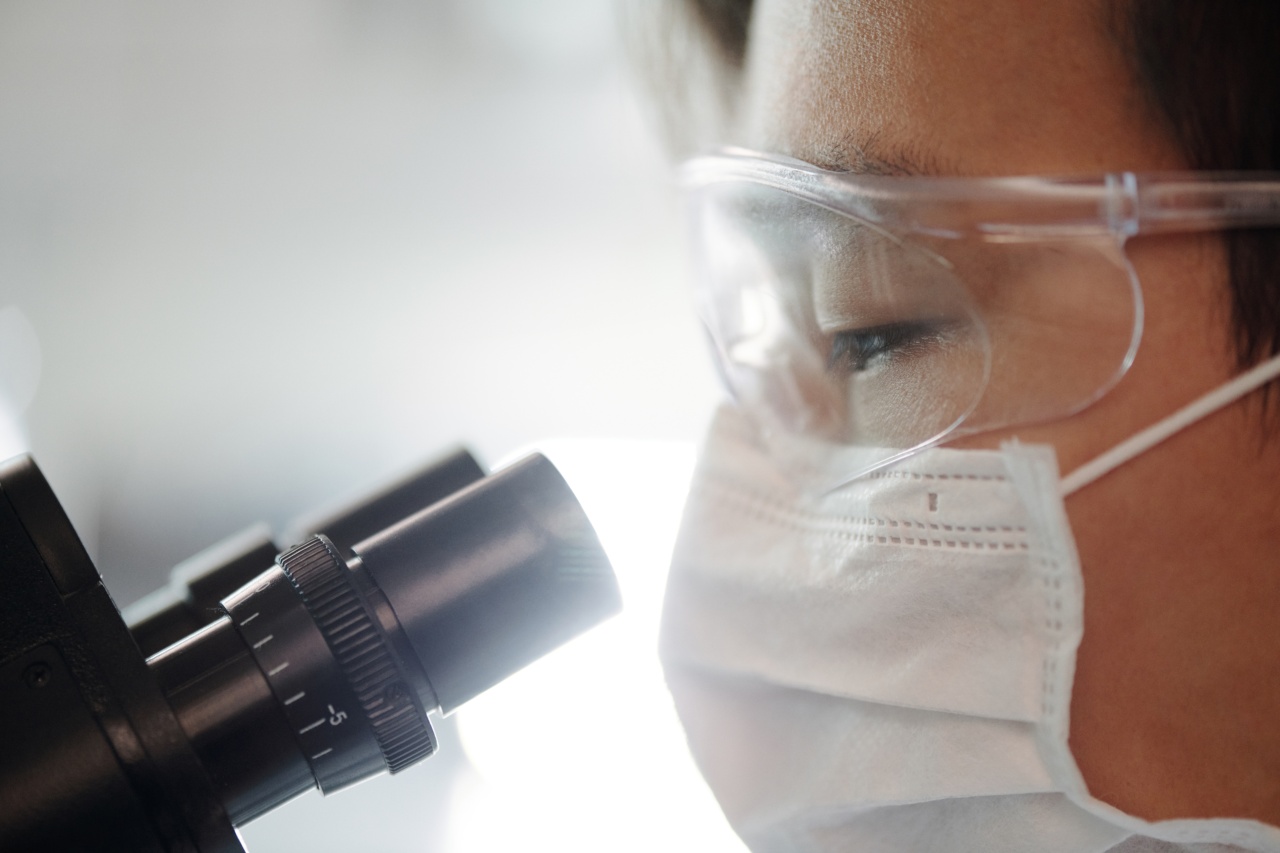The thyroid gland, located in the neck, is responsible for producing hormones that regulate the body’s metabolism and energy. Thyroid diseases can greatly impact a person’s health and well-being.
Recent developments in diagnosis and treatment of thyroid diseases aim to improve the accuracy of diagnosis, as well as the effectiveness and safety of treatment. This article will discuss some of the recent developments in diagnosis and treatment of thyroid diseases.
Diagnosis of Thyroid Diseases
Diagnosis of thyroid diseases involves various methods, including physical examination, blood tests, imaging tests, and biopsy. Recent developments in diagnosis of thyroid diseases include:.
1. Molecular Testing
Molecular testing involves analyzing the genetic makeup of a thyroid nodule or cancer to determine the risk of malignancy. This helps to avoid unnecessary surgeries and reduces healthcare costs.
Molecular testing can also help to identify patients who require aggressive treatment or follow-up after surgery.
2. Ultrasound Elastography
Ultrasound elastography involves using ultrasound waves to measure the stiffness of thyroid tissue. This can help to differentiate between benign and malignant nodules, reducing the need for biopsies and surgeries.
3. Liquid Biopsy
Liquid biopsy involves analyzing the blood for markers of thyroid cancer. This can help to detect cancer early and monitor the effectiveness of treatment.
Treatment of Thyroid Diseases
Treatment of thyroid diseases depends on the type and severity of the condition. Recent developments in treatment of thyroid diseases include:.
1. Radiofrequency Ablation
Radiofrequency ablation involves using heat to destroy thyroid nodules. It is a safe and effective alternative to surgery for benign nodules and recurrent thyroid cancers.
2. Immunotherapy
Immunotherapy involves using drugs to stimulate the immune system to attack cancer cells. It has shown promise as a treatment for advanced thyroid cancer.
3. Targeted Therapy
Targeted therapy involves using drugs to target specific molecules that drive cancer growth. It has shown promise as a treatment for advanced thyroid cancer, especially those with a genetic mutation called BRAF V600E.
Conclusion
Thyroid diseases can significantly impact a person’s health and well-being. Recent developments in diagnosis and treatment of thyroid diseases aim to improve the accuracy of diagnosis, as well as the effectiveness and safety of treatment.
Molecular testing, ultrasound elastography, and liquid biopsy are some of the recent developments in diagnosis of thyroid diseases. Radiofrequency ablation, immunotherapy, and targeted therapy are some of the recent developments in treatment of thyroid diseases.
Ongoing research and development in thyroid diseases offer hope for improving the lives of those affected by thyroid diseases.























